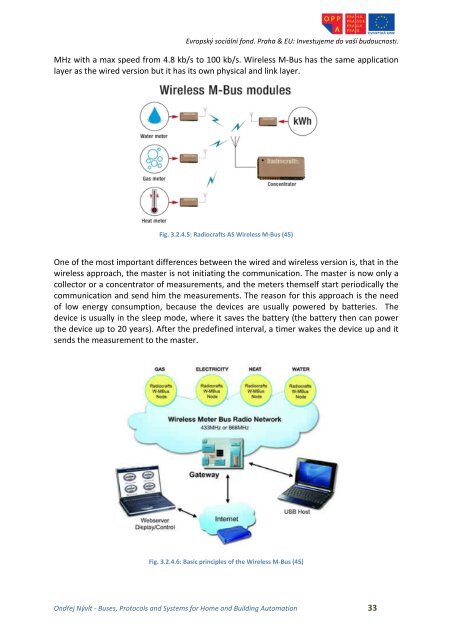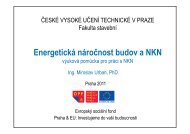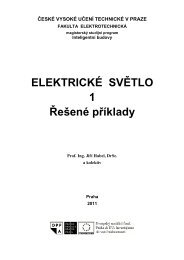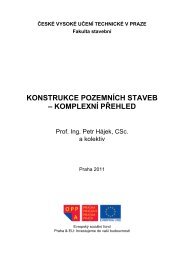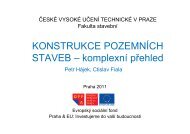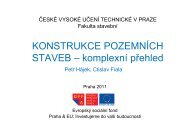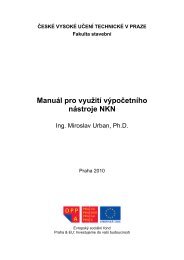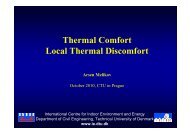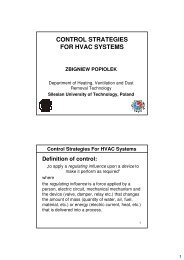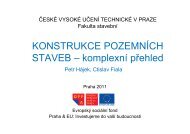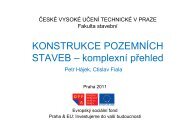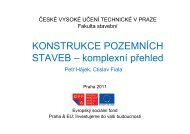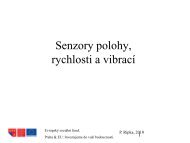Buses, Protocols and Systems for Home and Building Automation
Buses, Protocols and Systems for Home and Building Automation
Buses, Protocols and Systems for Home and Building Automation
Create successful ePaper yourself
Turn your PDF publications into a flip-book with our unique Google optimized e-Paper software.
Evropský sociální fond. Praha & EU: Investujeme do vaší budoucnosti.<br />
MHz with a max speed from 4.8 kb/s to 100 kb/s. Wireless M-Bus has the same application<br />
layer as the wired version but it has its own physical <strong>and</strong> link layer.<br />
Fig. 3.2.4.5: Radiocrafts AS Wireless M-Bus (45)<br />
One of the most important differences between the wired <strong>and</strong> wireless version is, that in the<br />
wireless approach, the master is not initiating the communication. The master is now only a<br />
collector or a concentrator of measurements, <strong>and</strong> the meters themself start periodically the<br />
communication <strong>and</strong> send him the measurements. The reason <strong>for</strong> this approach is the need<br />
of low energy consumption, because the devices are usually powered by batteries. The<br />
device is usually in the sleep mode, where it saves the battery (the battery then can power<br />
the device up to 20 years). After the predefined interval, a timer wakes the device up <strong>and</strong> it<br />
sends the measurement to the master.<br />
Fig. 3.2.4.6: Basic principles of the Wireless M-Bus (45)<br />
Ondřej Nývlt - <strong>Buses</strong>, <strong>Protocols</strong> <strong>and</strong> <strong>Systems</strong> <strong>for</strong> <strong>Home</strong> <strong>and</strong> <strong>Building</strong> <strong>Automation</strong> 33


